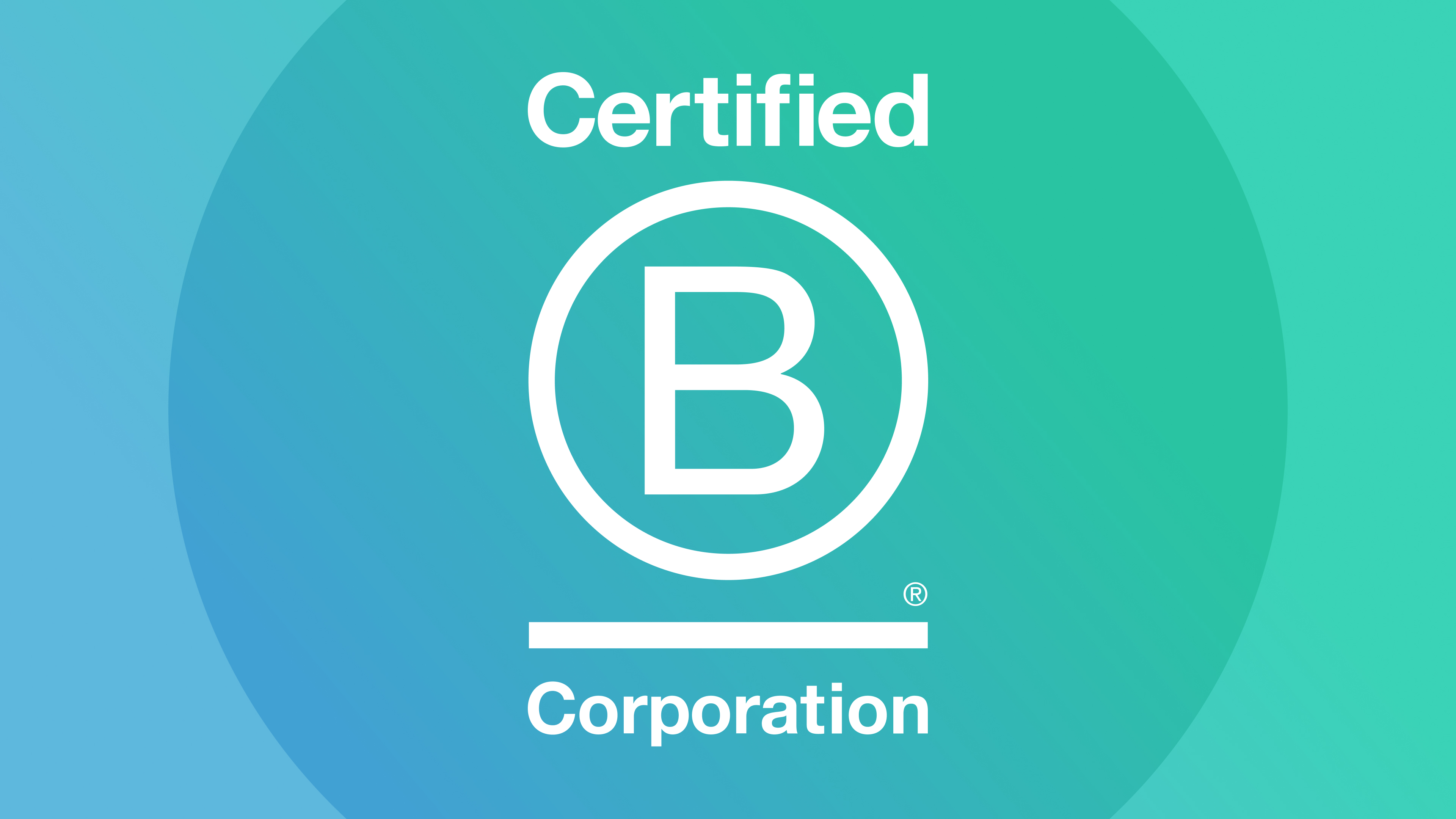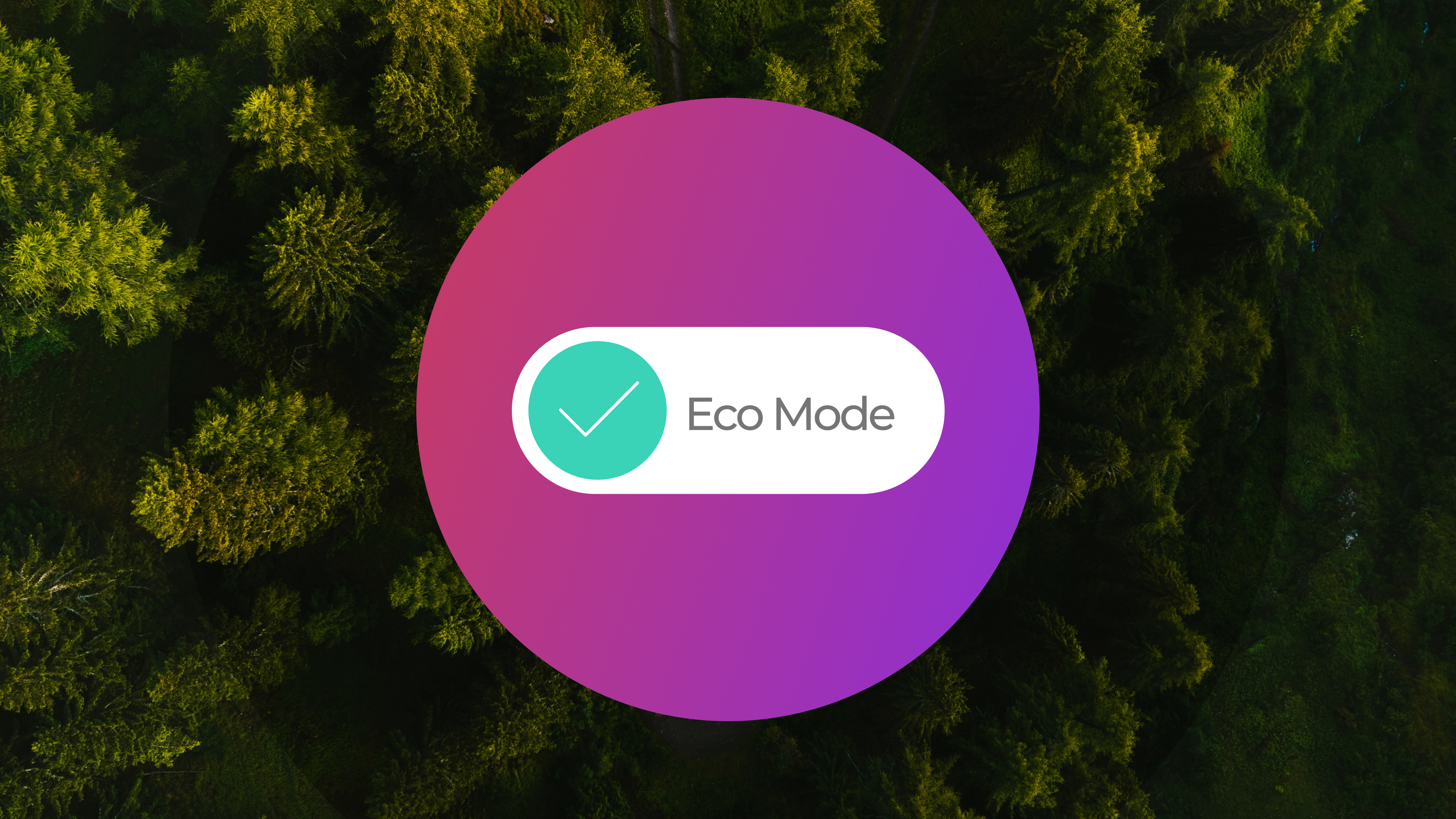Blog
How to build an eco-friendly website

Shaun
Creative Director

Did you know that the internet is responsible for 3.7% of overall global carbon emissions? Every email, video stream, and web page view consumes energy – and with more than 5 billion internet users worldwide, that energy use quickly adds up!
Embracing eco-friendly website design is just one of the ways you can make a positive impact on the environment, helping to reduce your digital carbon footprint while also improving your site’s performance.
In this guide, we’ll discuss how to design and develop a sustainable website that’s better for the planet and better for your users, too.
Why sustainable web design matters
Before we dive into how to design and develop a sustainable website, it’s important to understand why it’s so important.
Every time someone visits your website, data is transferred between servers, networks, and devices. If you have large images, video files, and unnecessary scripts on your site, it will be more data-heavy and require more energy to run. Multiply that by thousands or even millions of visitors per year, and the environmental impact becomes significant.
Did you know?
According to the Website Carbon Calculator, the average website produces roughly 1.76g of CO₂ every time someone visits a page. For a site with 100,000 monthly page views, that’s more than 2 tonnes of CO₂ per year – the equivalent of driving a petrol car over 5,000 miles!
As a B Corp certified digital agency, we are committed to creating eco-friendly websites that align with our clients’ sustainability goals and cut down on digital energy consumption. Our website designs are leaner, faster, and more efficient, without compromising on visual impact or user experience.

Here are our top 6 tips for creating an eco-friendly website:
1. Design with efficiency in mind
Visual design has a direct impact on your website’s environmental footprint. The heavier the design (large graphics, high-resolution images, animations), the more energy it takes to load and interact with.
To keep your site lean and sustainable, try:
- Using optimised images and next-gen formats like WebP
- Avoiding unnecessary animations, videos, or effects
- Choosing a minimalist aesthetic that prioritises clarity
- Embracing white or dark space, as clean design reduces data transfer
At SOZO, we believe you don’t have to be beige to be green! You can be green and still have a visually appealing website with an impactful design. Eco-friendly website design isn’t about stripping away visual appeal; instead, it’s about creating an experience that is clean and mindful of resource use.
2. Streamline code and functionality
Behind every website is a mass of HTML, CSS, JavaScript, and third-party integrations. Poorly written or bloated code can significantly increase the page size and server load.
Sustainable websites rely on:
- Clean, well-structured code
- Minified and compressed CSS and JS file sizes
- Lazy loading for images and media
- Limiting third-party scripts and plugins
If you’re using a CMS like WordPress, make sure you select lightweight themes and only use essential plugins. This efficient approach ensures your site does only what it needs to, without using excess energy.
At SOZO, we never use templates or off-the-shelf website builders like Elementor. These platforms add a lot of extra code which can increase your carbon footprint. Instead, we focus on creating bespoke, low carbon websites that are built around your wants and needs.
3. Optimise performance
As well as improving user experience and SEO, a fast website is more energy-efficient. Faster load times mean less processing power and lower energy use on both server and user devices.
Here are some ways you can improve your site performance:
- Cache static content
- Use a Content Delivery Network (CDN)
- Limit redirects and page requests
- Reduce page size (aim for under 1MB if possible)
Performance audits with tools like Google PageSpeed Insights or Lighthouse can help you identify key areas to optimise.
4. Implement a sustainable content strategy
Content can make or break a sustainable website. If your site is full of redundant, outdated, or low-quality content, this all contributes to the digital bloat.
A greener content approach includes:
- Consolidating duplicate or thin pages
- Using clear, concise language
- Updating and reusing evergreen content
- Avoiding auto-play videos or large embedded media
Your sitemap should always prioritise quality over quantity. Every page should have a purpose and every word should earn its place.
At SOZO, our in-house content writers can help you tell your brand story with purpose. Every word they write is designed to make an impact, and every piece of content they produce aligns with SEO best practices, helping to reduce your environmental impact.
5. Monitor and maintain your website
Sustainability isn’t just a tick-box exercise, it’s an ongoing commitment. Regularly reviewing your website’s performance, carbon footprint, and content quality is key to maintaining an eco-friendly website design. Be sure to monitor your site as it evolves, and encourage a “sustainability-first” mindset across your team and digital processes.
The following tools can help you maintain a sustainable website:
- Website Carbon Calculator
- GTmetrix or WebPageTest
- Carbon badge embeds to showcase your site’s footprint
6. Choose a green web hosting platform
The foundation of any low carbon website begins with your hosting provider. Data centres account for a significant portion of internet-related greenhouse gas emissions, so make sure you choose a green hosting company that cuts down on the amount of carbon produced.
Look for providers that:
- Use 100% renewable energy
- Offer energy-efficient server infrastructure
- Are certified by bodies such as the Green Web Foundation
Every website we create at SOZO is backed by net zero carbon hosting and powered by renewable energy. This helps to keep your carbon footprint down and your website views up.
7. Add an ‘Eco Mode’ feature
If you want to strip back your website and gain the highest website carbon rating, why not consider adding an ‘eco mode’ to your website? This is an additional feature that lets users experience a cleaner, lower-carbon version of your site.
Eco mode could include changes such as:
- Reducing imagery, video usage, and animation
- Sticking to one font with minimal weights
- Using dark mode styling
- Swapping image sources for more compressed versions
- Excluding non-essential Javascript
We recently added a dedicated eco mode to our new website: a sustainable web feature designed to raise awareness and inspire action across our industry. Read all about how we brought our eco mode feature to life.

Feeling inspired to create a sustainable website?
Creating a sustainable website isn’t about sacrificing quality or innovation – it’s about making smarter choices that benefit your business, your users, and the planet. As more and more consumers look to purchase from eco-friendly brands, it’s important that your digital presence reflects your green values.
At SOZO, we help brands embrace eco-friendly website design as part of a wider digital sustainability strategy. So, whether you’re launching a new website or looking to retrofit an existing one, we can help you reduce your carbon footprint while still making a visual impact.
Get in touch today to start your journey toward a more sustainable website.
Sign up to our newsletter
Keen to learn more about how to grow online?
Get our latest advice articles, masterclass
videos and webinars.
curious for more?














